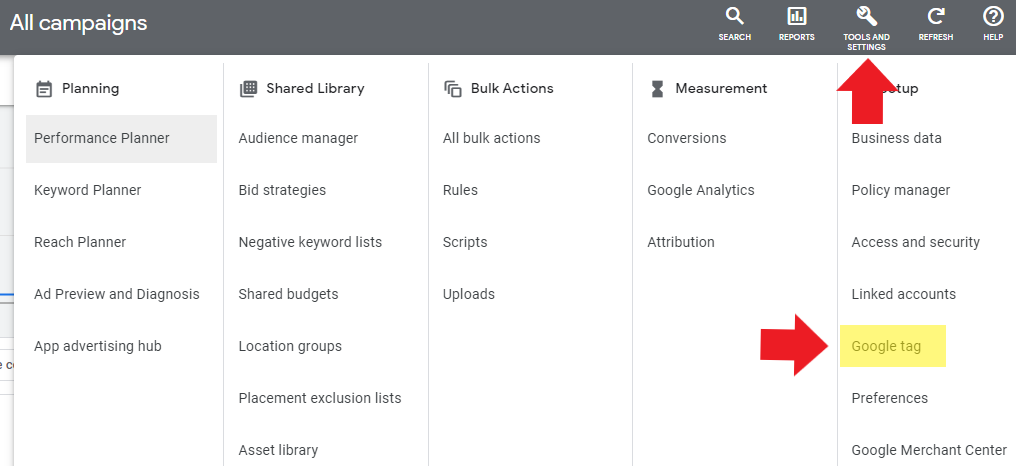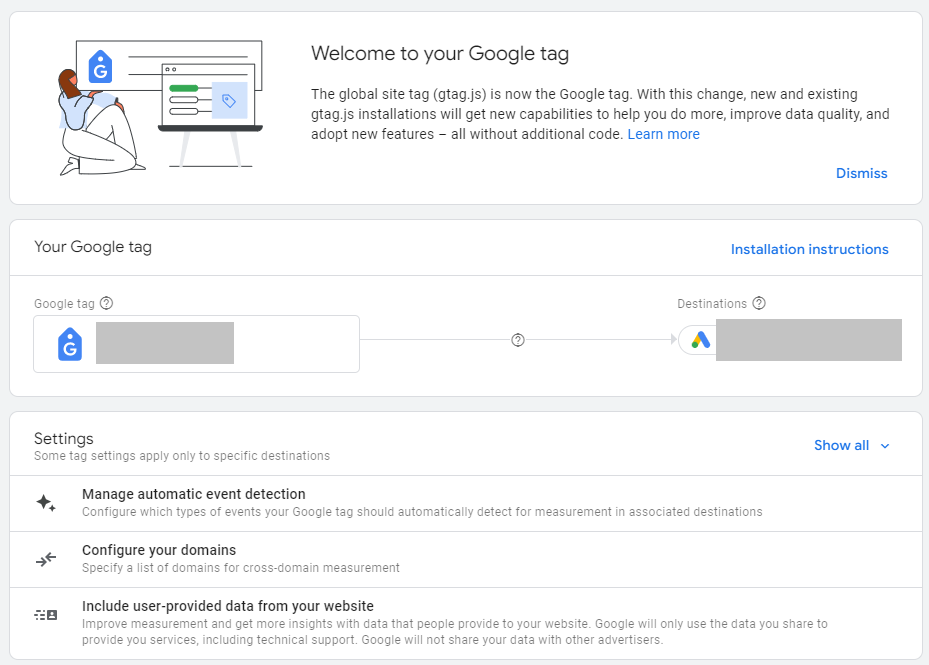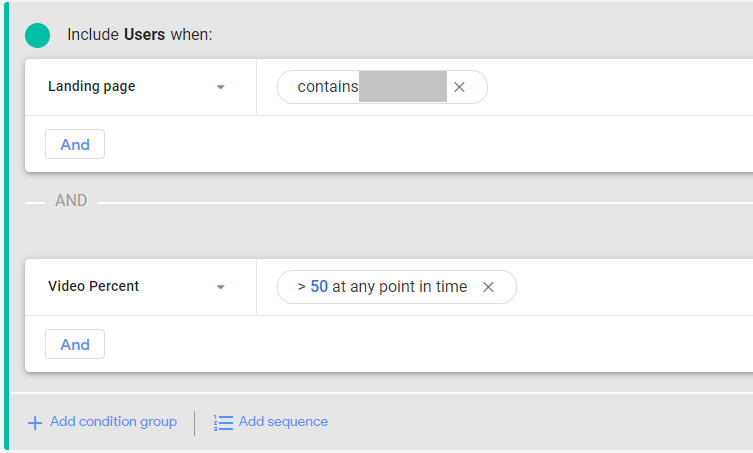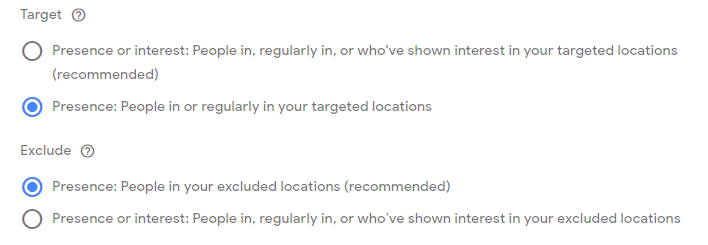How To Launch Your First Google Ads Remarketing Campaign via @sejournal, @brookeosmundson
Learn the basics of setting up a remarketing campaign, plus advanced tips to get the most out of your marketing dollars. The post How To Launch Your First Google Ads Remarketing Campaign appeared first on Search Engine Journal.

Remarketing is an essential part of any Google Ads strategy.
It’s no longer a question of if you should run remarketing campaigns; it’s how you should run remarketing campaigns.
With more devices in households than ever, remarketing is imperative to recapture and engage your audience for a second (or third or fourth) chance at their attention.
To launch an effective Google Ads remarketing campaign, it’s crucial you master the setup.
This guide will help you cover not only the basics of setting up a remarketing campaign but also advanced tips and tricks to get the most out of your marketing dollars.
1. Ensure Proper Tagging Is In Place
For remarketing to serve impressions, it is vital that the proper tracking is on a website.
Most websites will use either Google Analytics or Google Ads tracking, I recommend having both sources as options.
Google Ads Tag
If your Google Ads account starts from scratch, a Google Tag must be implemented.
To find this specific to your account, navigate to Tools & Settings > Setup > Google tag.
 Screenshot from Google Ads, August 2022
Screenshot from Google Ads, August 2022
 Screenshot from Google Ads, August 2022
Screenshot from Google Ads, August 2022
If you’re used to the “Global Site Tag” name, it is now named the Google tag.
Google now offers installation configuration with any of these website builders:
Drupal. Duda. MonsterInsights. Typo3. Wix.If you are manually installing the tag, it must be placed immediately after the <head> tag of every page of your website.
Lastly, if you have Google Tag Manager, you can install the necessary code in your website container.
Google Analytics Tag
Google Analytics tracking is required before being able to create any remarketing list within the platform.
To find the tracking code, navigate to Admin > Property View > Tracking Info > Tracking Code.
![]() Screenshot from Google Analytics, August 2022
Screenshot from Google Analytics, August 2022
Checking For Tag Implementation
The easiest way to check if tags have been implemented properly is to download the “Tag Assistant for Conversions” beta extension in a Chrome browser.
Navigate to your website and run the Tag Assistant. If implemented correctly, the results should look similar to this.
The green check mark means that there are no issues identified with the tag setup.

2. Create Intentional Remarketing Lists
Once you have ensured tracking is in place, it’s time to create intentional remarketing lists.
The intention is extremely important when crafting remarketing audiences.
If you simply targeted “All Visitors” to your website, you’re missing out on so many opportunities.
Google Analytics and Google Ads provide many options to segment your site viewers as granularly as you want.
Keep in mind that a list that is too narrow will have difficulty serving.
The key is to find a balance between audience size and their intent.
Google Analytics Lists
I prefer to create remarketing ads in Google Analytics (or GA4 if you’re already using it).
Because there is onsite behavior data to layer onto lists, it gives more options to qualify that audience.
To create an audience in Google Analytics 4, navigate to Configure > Audience Definitions.
Note: This is assuming that a user has already linked the proper Google Ads and Google Analytics accounts for data sharing.
 Screenshot from Google Analytics, August 2022
Screenshot from Google Analytics, August 2022
Now, it’s time to get creative.
The key is to create multiple remarketing lists based on the categorization of your website.
A few starter ideas to consider when creating a remarketing list portfolio:
Category page viewers. Purchasers/Leads (to exclude in campaigns). All Qualified site traffic (determined by time on site, whatever amount is considered above average for your business). Quality Blog Viewers (determined by time on site, whatever amount is considered above average for your business). Cart Viewers.In this example, I want to create a remarketing list of anyone who visited a specific landing page and watched at least 50% of the video on that page.
The two key pieces of information to input would be “page” AND “video percent” (not “OR”).
 Screenshot from Google Analytics, August 2022
Screenshot from Google Analytics, August 2022
Once completed, don’t forget to choose your audience destinations.
Always be sure to choose the Google Ads account for the list to import.
By doing so, the list can be used for Remarketing campaign purposes.
Google Ads Lists
To create lists in Google Ads, navigate to Tools & Settings > Audience Manager > Segments.
 Screenshot from Google Ads, August 2022
Screenshot from Google Ads, August 2022
There are five different types of remarketing lists available to create:
Website Visitors. App users. YouTube users. Customer list. Custom combinations.This article gives a more in-depth breakdown of how to create effective YouTube remarketing lists.
Depending on the goal, create your necessary remarketing lists and choose a list duration. The maximum duration a user can stay in a list is 540 days.
The benefit of Google Ads remarketing lists is that they give the option of pre-populating the list with users in the past 30 days. Google Analytics does not offer retroactive audience filling.
3. Determine Proper Assets
The most popular remarketing campaign type is within the Google Display Network (GDN). However, there are Remarketing Search campaigns as well.
Before creating the proper assets, ask these questions first:
What is the user being asked to do? What should the message consist of? Does the landing page experience match the ad messaging?There are key components to consider when creating remarketing assets. Below are some of them:
Static image formats Responsive image formats Headlines and descriptions (if using responsive format) Landing page experienceThe full list of uploaded display ad specifications for Google Ads can be found here.
It is important to note that if using the Responsive Ad format, images must be ratio based and are not the same as static image requirements.
4. Create A Remarketing Campaign
Remarketing campaigns can be built in either the Google Ads interface or Google Ads Editor.
Start with the campaign name, budget, and settings. If you’re creating multiple remarketing campaigns, keep track by putting the audience name in the campaign.
The campaign settings can make or break performance. When they are not properly managed or maintained, expect some volatility in performance. These include:
“Observation vs. Target” setting. Bid Strategy setting. Targeting Expansion setting. Location setting. Frequency Cap setting.When adding audiences to a remarketing campaign, choose the “Targeting” setting instead of “Observation.”
By keeping it in “Observation” mode, audience targeting is not narrowed at all.
 Screenshot from Google Ads, August 2022
Screenshot from Google Ads, August 2022
When selecting a bid strategy, be sure to select one based on your goals.
For example, if you are to use “Target CPA” and set the bid too low, Google will throttle impressions, and the campaign will be at risk to serve.
Lastly, be competitive with bids because the targeted audiences have already been introduced to your brand.
The next setting, “Optimized targeting,” is one that Google has conveniently hidden within the Ad Group settings.
Always keep this off in a remarketing campaign.
If you went through the trouble of creating a targeted list, why on earth would Google want us to expand to lookalike users in the same campaign?
 Screenshot from Google Ads, August 2022
Screenshot from Google Ads, August 2022
The default setting is “People in, or who show interest, in your targeted locations.”
While this is the recommended setting according to Google, I recommend changing it to “in or regularly in targeted location.”
By changing it to the middle selection below, it allows for narrower targeting.
 Screenshot from Google Ads, August 2022
Screenshot from Google Ads, August 2022
Lastly, frequency cap settings are still important because seeing the same ad multiple times daily creates a bad user experience.
Be sure to set frequency caps at a moderate level per user.
5. Analyze, Refine & Optimize
You’ve officially launched your first remarketing campaign!
That’s all there is, right?
Wrong.
It is important to keep a pulse on campaign performance early on. Some of the key items to watch for in the early days include:
Ensure audience size is large enough to show impressions. Placements (where ads are showing).After a few weeks of data (give or take, depending on the audience size), there should be enough information to start making optimizations based on performance.
The goal is to continually refine.
Remarketing campaigns are not a “set and forget” strategy.
Pulling It All Together
A remarketing strategy involves more than just targeting a group of users. It intertwines technology, audiences, messaging, and more.
Without even one of these areas, a remarketing campaign may not truly live up to its potential.
Follow the tips above to ensure your next Google Ads remarketing campaign is set up for success (and don’t forget to monitor performance!)
More Resources:
6 Remarketing Campaign Mistakes You Must Avoid Remarketing Playbook: 8 Types Of Remarketing You Should Be Doing Winning At Retargeting: Tips To Reconnect & ConvertFeatured Image: Chinnapong/Shutterstock

 Tekef
Tekef 






























